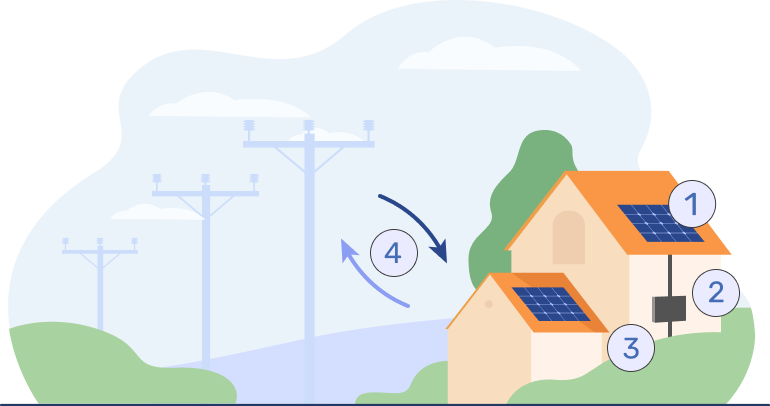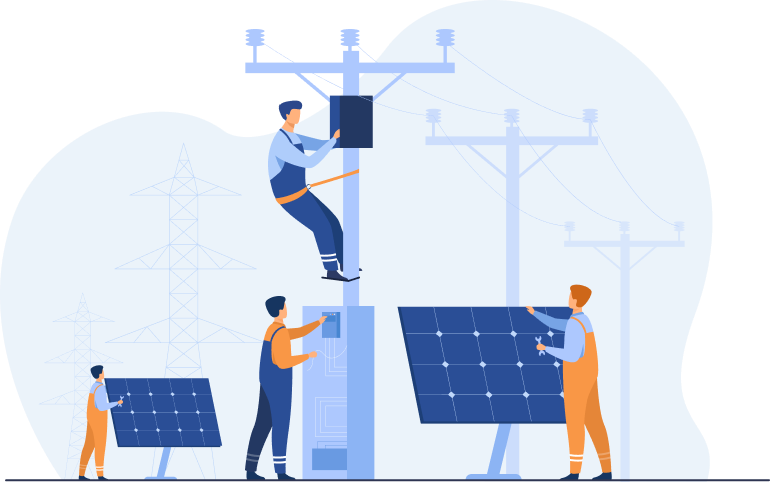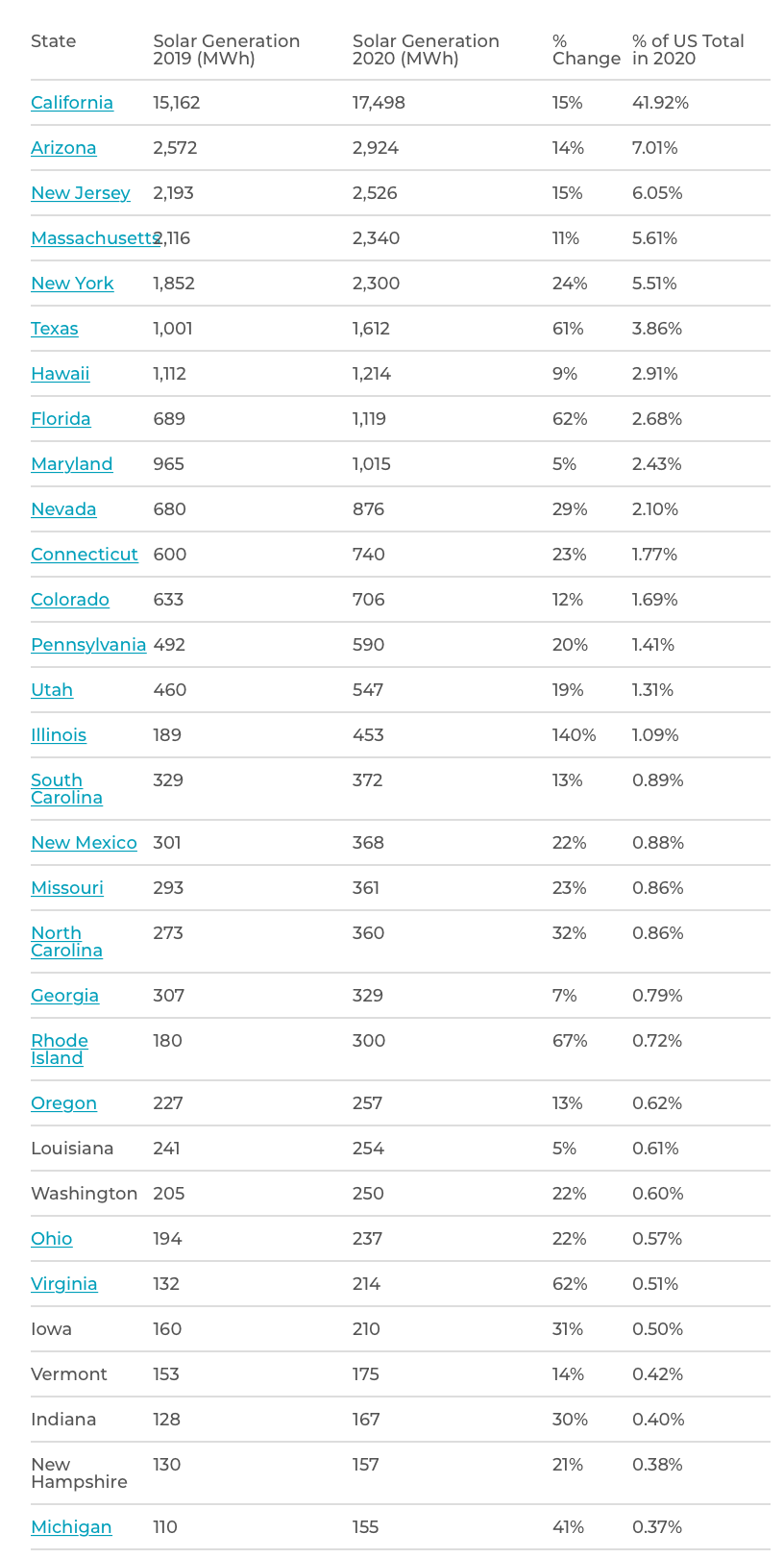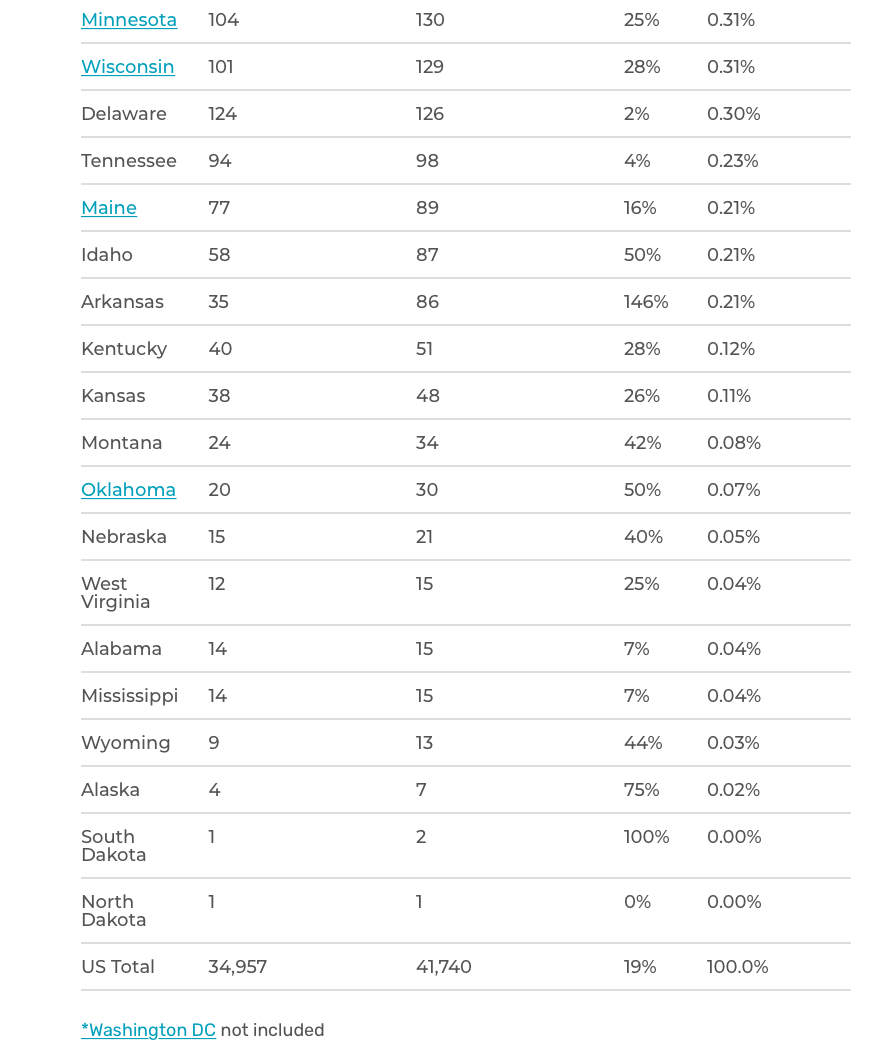Solar Energy Overview
RH Business Marketing Solutions
Learn more about solar energy and solar panels with SaveOnEnergy!
Solar energy is quickly becoming a more popular and affordable power source for homeowners and businesses. With residential solar energy, you can lower your carbon footprint and see substantial cost savings.
You can learn more about home solar panels on this page. Whether you’re interested in how solar energy works, are curious about the cost of home solar panels, or need guidance finding a solar installation company, SaveOnEnergy is here to help. Read on to learn more about solar energy or use the table of contents below to jump to the topic that interests you most.
How solar power works
The Solar panels collect sunlight and turn it into DC energy
The inverter converts DC electricity to AC
The AC electricity is supplied to the building
Excess of energy flows into the grid, and electricity is drawn from the grid when supply from solar panels is not sufficient
We’ve all seen solar panels on rooftops or the massive solar “farms” that stretch across states such as Texas or California. But most of us don’t really understand how solar power works.
Solar panels are made from silicon and conductive metals. When combined, these materials form an electric field and allow the panels to act as semiconductors, with negative and positive layers creating an electrical circuit.
When the sun’s energy falls onto solar panels, it knocks electrons loose and allows them to move through the electrical circuit. This generates DC electricity. From there, the solar panel’s inverter converts the DC electricity into AC electricity, which is the type of energy that can power a building.
Learn more about how solar power works
Solar panels for home
As more Americans express interest in green energy, many are taking a fresh look at how solar can meet their electricity needs. According to the EIA, residential solar has grown about 32 percent in the last decade. In many states, that means adding solar panels to the rooftops of homes and businesses.
Of course, many utilities across the country either buy or generate solar energy and provide it to power grids. This means many Americans use at least a portion of solar power without ever knowing it. But many electricity customers want to go all-solar and reduce as much of their carbon footprint as possible.
According to the Solar Energy Industries Association, there are more than 2.7 million solar energy systems installed nationwide through September 2020. What’s more, the solar industry has provided jobs for 250,000 American workers. Currently, solar power generates enough electricity to power nearly 18 million homes.
Learn more about solar panels for your home
Solar panels for RVs and campers
The solar industry has also adapted to go on the road. There are a variety of solar panels that also work for RVs and campers. RV solar panels work the same as residential solar systems, although they are typically smaller, more flexible, and have a lower generating capacity.
Solar systems for RVs and campers are normally much less expensive compared to residential solar systems. On average, RV solar panels cost as little as $75, with more expensive models costing up to $1,000.
Learn more about solar panels for RVs and campers.
Cost of solar panels
According to the Center for Sustainable Energy, the average cost for a residential solar system ranges from $15,000 to $25,000. That’s a big chunk of money, but there are some ways to offset it.
In general, there are three ways to pay for a home solar system.
Cash. Easy to say, harder to do.
Solar loans. You can get a solar loan through a typical lender, a utility, or a solar-installation company. Terms vary according to the option you choose.
Solar leasing. With this option, you sign an agreement with a solar company with little or no upfront cost. But you agree to pay a set amount (ideally less than what you were paying for your monthly electricity bill) each month for 15 to 20 years. To learn more about solar leasing, check out SaveOnEnergy’s guide to leasing solar panels.
If you purchase your solar panels, there are ways that you can make that money back over time. Keep in mind that these options are only available to consumers who buy their solar systems instead of leasing them.
Incentives: Federal tax incentives for solar systems installed this year stand at 22 percent of the cost of installation, according to the U.S. Department of Energy. Credits are larger for systems installed in 2020 and before Dec. 31, 2019. A number of states also offer incentives, available by checking this database.
Net metering. This allows customers who generate their electricity from solar power to sell the amount they don’t use to the grid that serves their homes. This database includes information about net metering.
Home value. Purchasing a solar system for your home will raise your home’s resale value. The average home value will increase by about $15,000 if you purchase and install solar panels.
Learn more about solar panel financing
Picking a solar panel installer
All solar installers aren’t created equal. That means you’ll have to ask a few questions of a company before you commit to a solar installation.
Here are a few things you should find out before signing a contract with a solar panel installer:
What type of system is being considered for your roof? Can your roof support that system?
Is the installer licensed and insured in your state? Don’t just take the installer’s word for it – ask for the license number.
How much experience does the installer have?
Are there any reviews or ratings for installers you’re considering?
What solar panel warranty does the installer offer?
How much, if any, of the work will be performed by subcontractors?
For more help on picking a solar panel manufacturer, see our guide of the best solar panel companies of 2022.
Top states for solar energy
Green energy offers several benefits to energy consumers – which is why it has been growing in popularity in recent years. One of the most important factors is energy independence. By investing in solar energy, residences can decrease their dependence on the electric grid, retain a steady supply of power during times of high demand, and possibly lower their energy costs over time.
So, where is the solar industry growing the most? Using data from the Energy Information Administration (EIA), SaveOnEnergy looks at solar generation by state in 2019 compared to 2020, as well as how much solar power changed in that time.
Residential solar energy grew in all 50 states between 2019 and 2020. So, which state generated the most solar energy? California tops the list, followed by Arizona and New Jersey.
Here is a breakdown of solar energy by state, shown in thousand megawatt-hours:







